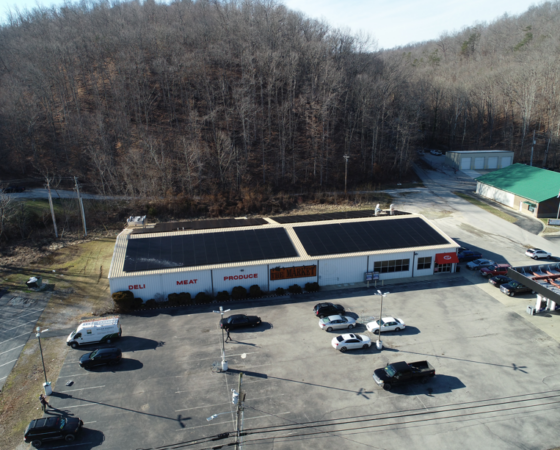The Inflation Reduction Act was signed in law on August 16, 2022. A historic investment in climate change mitigation, the act has many provisions to support energy savings. While details of how rebates, cash payments and tax credits will work are still coming out, we’ve compiled a quick list of some of the incentives. This blog will be updated as we have more information.
Energy efficiency upgrades for families in general:
Families needing to replace air conditioners, water heaters, or furnaces can save up to 30% with tax credits for efficient heating and cooling equipment.
Households can save up to 30% with tax credits on windows, doors, insulation, or other weatherization measures that prevent energy from escaping homes.
If families need to replace or upgrade stoves, ovens, or other home appliances, they can receive direct rebates when buying more energy efficient and electric appliances that can lower future utility bill by at least $350 per year.
Energy savings and solar for affordable housing units:
There are more resources available for affordable housing units to boost efficiency, improve indoor air quality, make clean energy or electrification upgrades, or otherwise strengthen their climate resilience. There is a 20% bonus credit for solar projects on federally-subsidized affordable housing projects and a 10% bonus credit for solar projects in low-income communities .
Energy savings and solar for homes and business owners :
Homeowners and businesses can receive a 30% tax credit for the cost of solar installations installed before the end of 2032. There is a 10% bonus tax credit for wind and solar projects in communities where a coal mine or power plant has closed or those who have seen employment losses due to the fossil fuel economy. There are also bonus credits for projects creating good-paying union jobs in these communities.
The Act increased funding for the USDA Rural Energy for America Program, which offers grants for rural solar and other energy savings projects to farms and small businesses in rural America.
Small businesses can also deduct up to $1.00 per square foot of their business for making high energy efficiency upgrades. The per square foot deduction is boosted if the efficiency upgrades are completed by workers who are a paid a prevailing wage.
Solar for nonprofits and other entities:
Tax-exemption organizations can receive direct cash payments rather than a tax credit. More details here via Solar United Neighbors.
Battery storage:
Tax credits of 30% are also available for battery storage purchases. Battery storage is becoming increasingly more accessible and benefits everyone during period of peak demand by reducing strains that cause power outages and increased expenses.
Rural Electric Cooperative members:
The bill also sets aside $9.7 billion in new funding for the 900 rural cooperatives in the country to transition to clean energy. America is home to 900 rural electric cooperatives. Find details on how this could work for your cooperative via the Rural Power Coalition.
Electric vehicles:
Tax credits of up to $7,500 for the purchase of a new electric vehicle, and up to $4,000 tax credits for a used electric vehicle. The Act also makes $3 billion available for the US Postal Service to electrify their vehicle fleet.
Climate resiliency in general:
The Act establishes a new Neighborhood Access and Equity Grant program intended to improve walkability, safety, and affordability, including projects to protect against extreme heat, flooding, and other impacts.
Other Provisions:
The bill also has provisions related to lowering healthcare costs, improving public health and air quality, making tax codes fairer, providing for black lung benefits, and more. We did not explore those provisions in this post.
Sources: White House fact sheet 2, Solar United Neighbors blog





